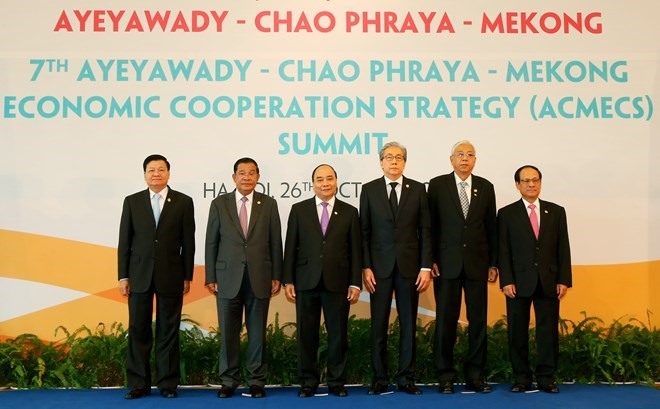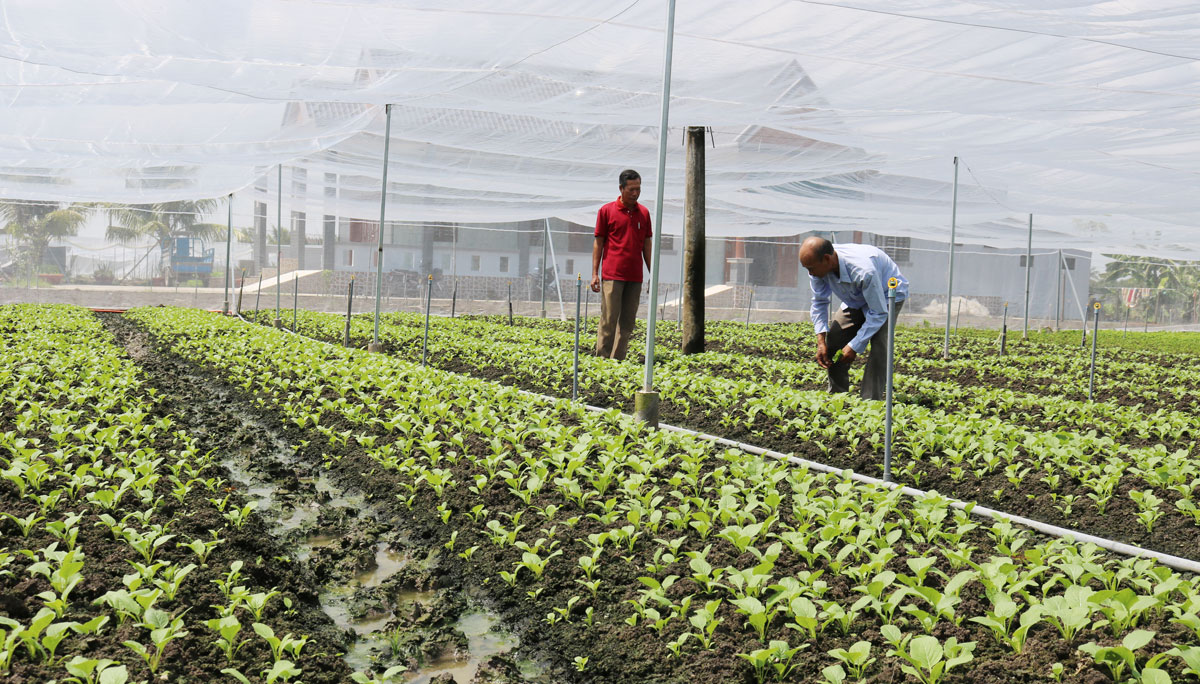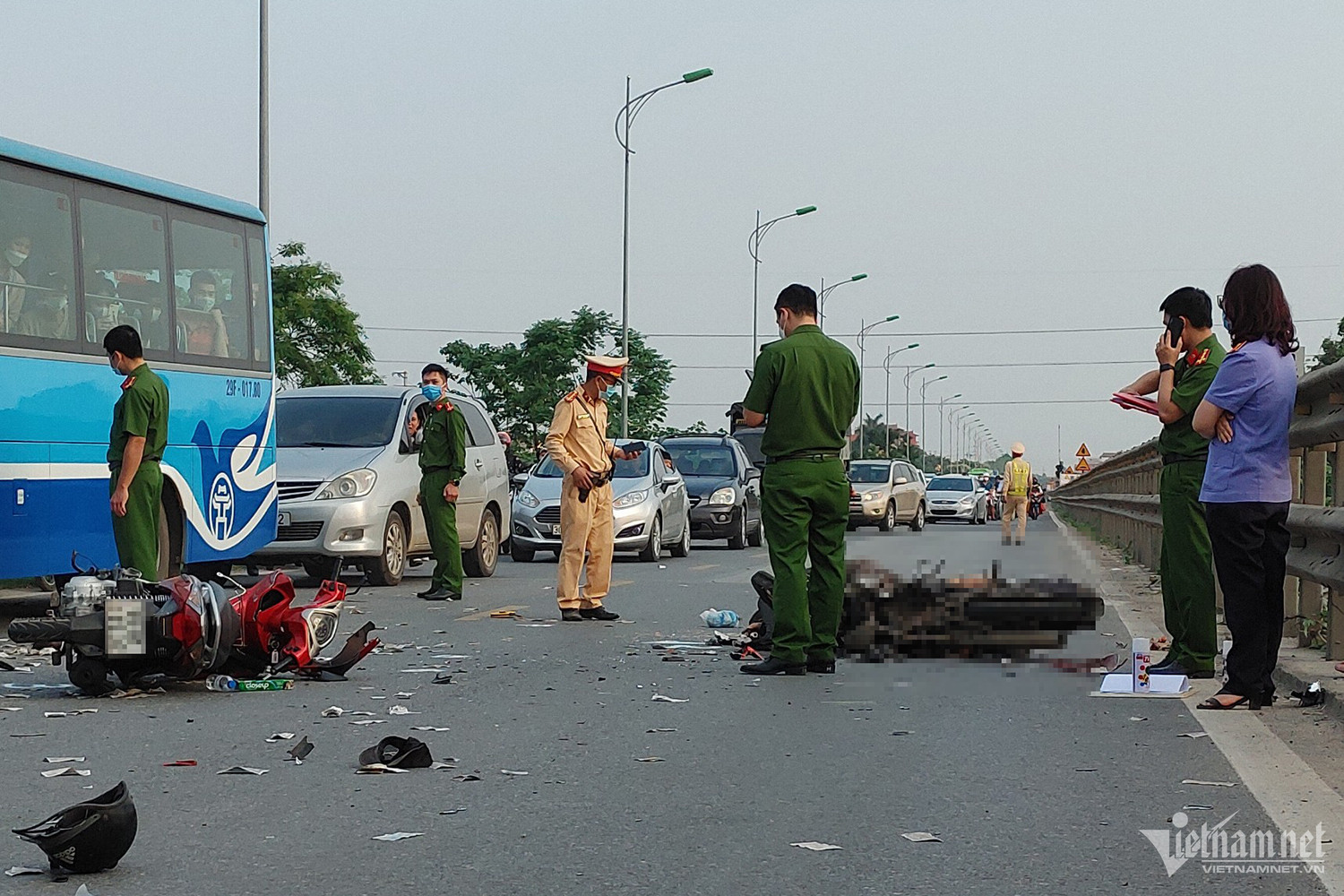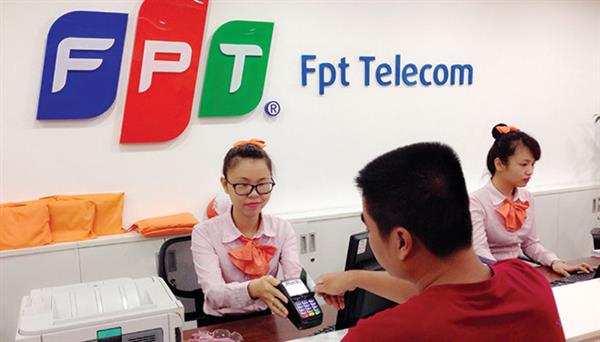【câu lạc bộ bóng đá boavista】Summits promote integration in Mekong basin
Summits promote integration in Mekong basin
June 15,câu lạc bộ bóng đá boavista 2018 - 09:00A Vietnamese delegation led by Prime Minister Nguyễn Xuân Phúc will attend the eighth Ayeyawady-Chao Phraya-Mekong Economic Cooperation Strategy Summit (ACMECS 8) and the ninth Cambodia-Laos-Myanmar-Việt Nam Summit (CLMV 9) in Bangkok, Thailand on Friday and Saturday.
 |
| Prime Minister Nguyễn Xuân Phúc will attend the eighth Ayeyawady-Chao Phraya-Mekong Economic Cooperation Strategy Summit (ACMECS 8) and the ninth Cambodia-Laos-Myanmar-Việt Nam Summit (CLMV 9) in Bangkok, Thailand on Friday and Saturday.— VNA/VNS Photo |
HÀ NỘI — A Vietnamese delegation led by Prime Minister Nguyễn Xuân Phúc will attend the eighth Ayeyawady-Chao Phraya-Mekong Economic Cooperation Strategy Summit (ACMECS 8) and the ninth Cambodia-Laos-Myanmar-Việt Nam Summit (CLMV 9) in
The ACMECS, also known as the Economic Cooperation Strategy (ECS), was set up in November 2003, named after the three main rivers in the
The ACMECS now covers eight cooperation fields including trade-investment, agriculture, industry-energy, transportation, tourism, human resources development, health care and environment.
Each country coordinates at least one field.
The biennial ACMECS Summit is held alternately in each country. During the ACMECS 2 in 2006, countries agreed to hold a mid-term review on the sidelines of ASEAN high-level meetings.
Việt
The Phnom Penh Declaration and ACMECS Plan of Action were adopted during the AMCECS 4 in the Cambodian capital city in 2010.
During the ACMECS 5 in
The ACMECS 6 in
The ACMECS 7, held in Hà Nội in 2016, was themed “Towards a Dynamic and Prosperous Mekong Sub-region”. It adopted the Hà Nội Declaration and pledged to boost priority collaboration in transportation, trade-investment, industry, tourism, agriculture and environment.
Promoting integration
During the ASEAN-Japan Summit in December 2003 in
The CLMV cooperation is based on the idea of narrowing the development gap between CMVL and other countries in the region, thus facilitating their integration into the region’s development. It is also a channel to call for support from other ASEAN countries and development partners for CLMV countries as well as a forum for CLMV to coordinate stances, thus protecting their interests during the process of economic connectivity in ASEAN and between ASEAN and its partners.
CLMV cooperation covers trade, investment, agriculture, industry, energy, transport, tourism and human resources development. The countries agreed to establish six working groups and Việt
The CLMV 1 in 2004 ratified the Vientiane Declaration on enhancing economic partnership and integration within Mekong Sub-region, ASEAN and regional cooperation frameworks.
The CLMV 2 in 2005 adopted the Action Plan that mentioned joint work with
The CLMV 3 in 2007 saw the signing of agreements on combining CLMV and ACMECS action plans.
The CLMV 4 in 2008 set orientations for regional collaboration in trade, investment, transport, agriculture, industry, energy, tourism and human resources development. It committed to establishing favourable conditions for partnerships across processing industry, mining, hydropower, infrastructure, services and logistics.
Việt
The CLMV 5 in 2010 adopted a joint statement on enhancing cooperation to narrow the development gap with other ASEAN members.
The CLMV 6 in 2015 pledged to improve cooperation efficiency and facilitate trade, investment and tourism, and strengthen connectivity via developing economic corridors and human resources.
The CLMV 7 in 2016 vowed to reinforce trade-investment ties among the four countries, devise new policies to facilitate trade and signed bilateral and multilateral agreements.
The CLMV 8 in Hà Nội in 2017 agreed to work to launch projects in transport, trade and investment facilitation, industry, tourism and human resources development. — VNA/VNS










